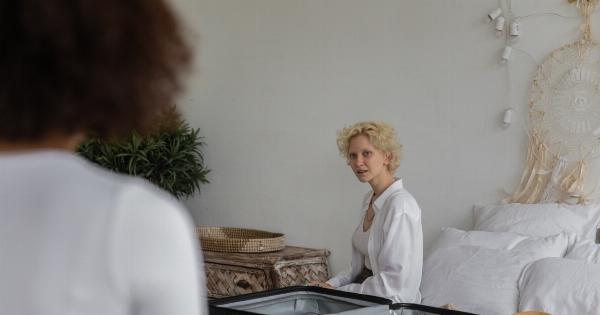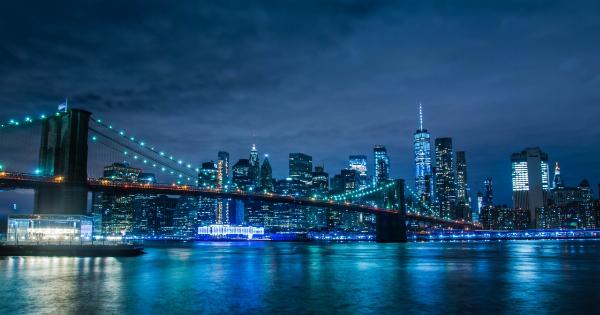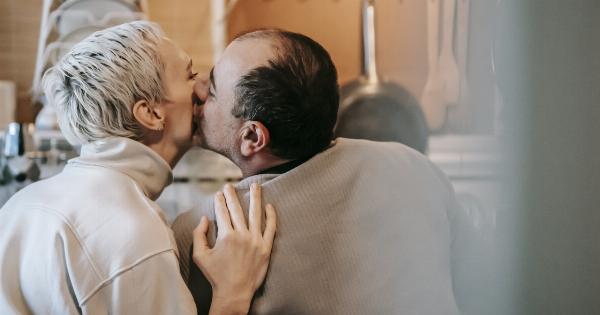In the modern era, technology plays a vital role in human life, and its usage is increasing with every passing day. Among several technological advancements, screens are a particularly popular source of blue light exposure.
Blue light is a type of light with a short wavelength, and it includes radio waves, microwaves, ultraviolet (UV) rays, and visible light that we see. This article delves into how blue light affects human health, with a particular focus on its effects on sleep and eyesight.
Blue Light and Sleep
Sleep is a critical process where both quantity and quality determine overall health. The circadian rhythm is a 24-hour cycle that regulates vital bodily functions such as sleep and temperature. The wavelength and intensity of light impact this cycle.
The blue-light spectrum is responsible for increasing wakefulness, attention, and alertness, thus reducing melatonin secretion – an essential hormone that regulates sleep.
Several studies have shown that exposure to blue light at night affects sleep quality, quantity, and overall circadian rhythm.
One such study reported that two hours of blue light exposure has a significant impact on sleep quality compared to green light of equal wavelength. In another study, participants wearing blue light-blocking glasses experienced a quicker return to normal melatonin levels, enhancing their sleep quality and duration.
Blue Light and Eye Health
Blue light is a double-edged sword that also has adverse effects on the eyes. Visible light ranges between 400 and 700 nanometers, with blue light ranging from 400 to 500 nanometers in the spectrum.
Due to its short wavelength, blue light scatters quickly upon entering the eye, reducing its sharpness and contributing to glare.
One of the most significant risks with blue light exposure is the damage it can cause to the retina’s photoreceptor cells. The photoreceptor cells – rods and cones – in the retina do the job of sending signals to the brain.
High amounts of blue light exposure can inhibit the growth and coordination of these cells. Moreover, any prolonged periods of screen time contribute to digital eye strain, a condition where the eye muscles become tired and strained, leading to headaches and dry eyes.
Reducing Blue Light Exposure
Though blue light is harmful, it is impossible to avoid. Digital devices are ubiquitous in daily life, and the screens from these devices emit significant amounts of blue light.
To prevent its detrimental effects, proper measures must be taken to reduce blue light exposure.
One of the most effective ways to reduce blue light exposure is to invest in a pair of blue-light-blocking glasses. These glasses effectively block out 50 to 100 percent of blue light rays, thus preventing any adverse effects on sleep and eye health.
Additionally, reducing screen brightness, taking frequent breaks from digital devices, and using a blue-light filter on your phone or computer can all aid in reducing blue light exposure.
Conclusion
Technology has transformed modern-day life, bringing with it an increased exposure to blue light. Though blue light has several positive effects, its adverse effect on sleep and eye health cannot be ignored.
To prevent any harmful effects, proper precautions must be taken, such as investing in blue-light-blocking glasses, reducing screen brightness, and taking frequent breaks.



























